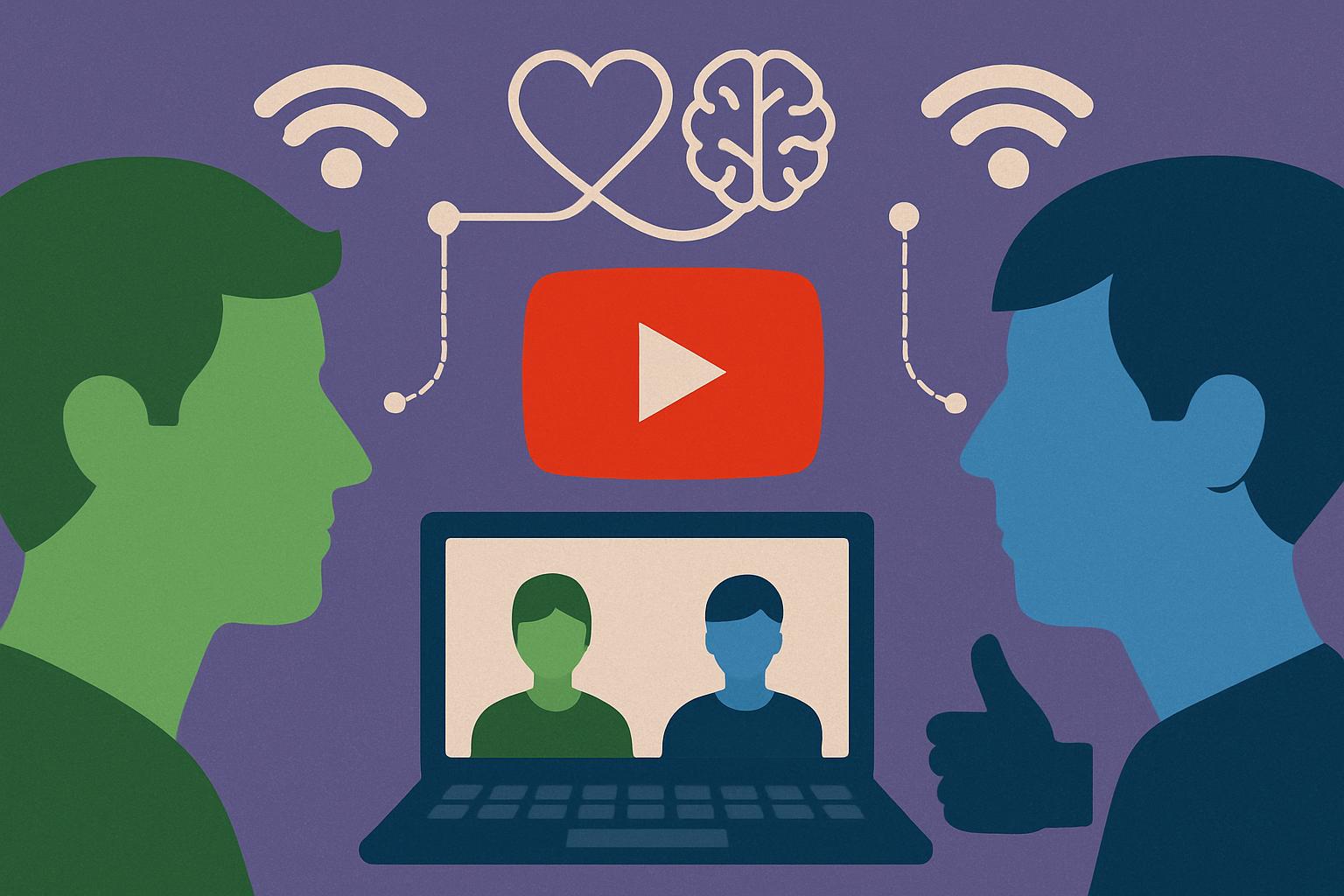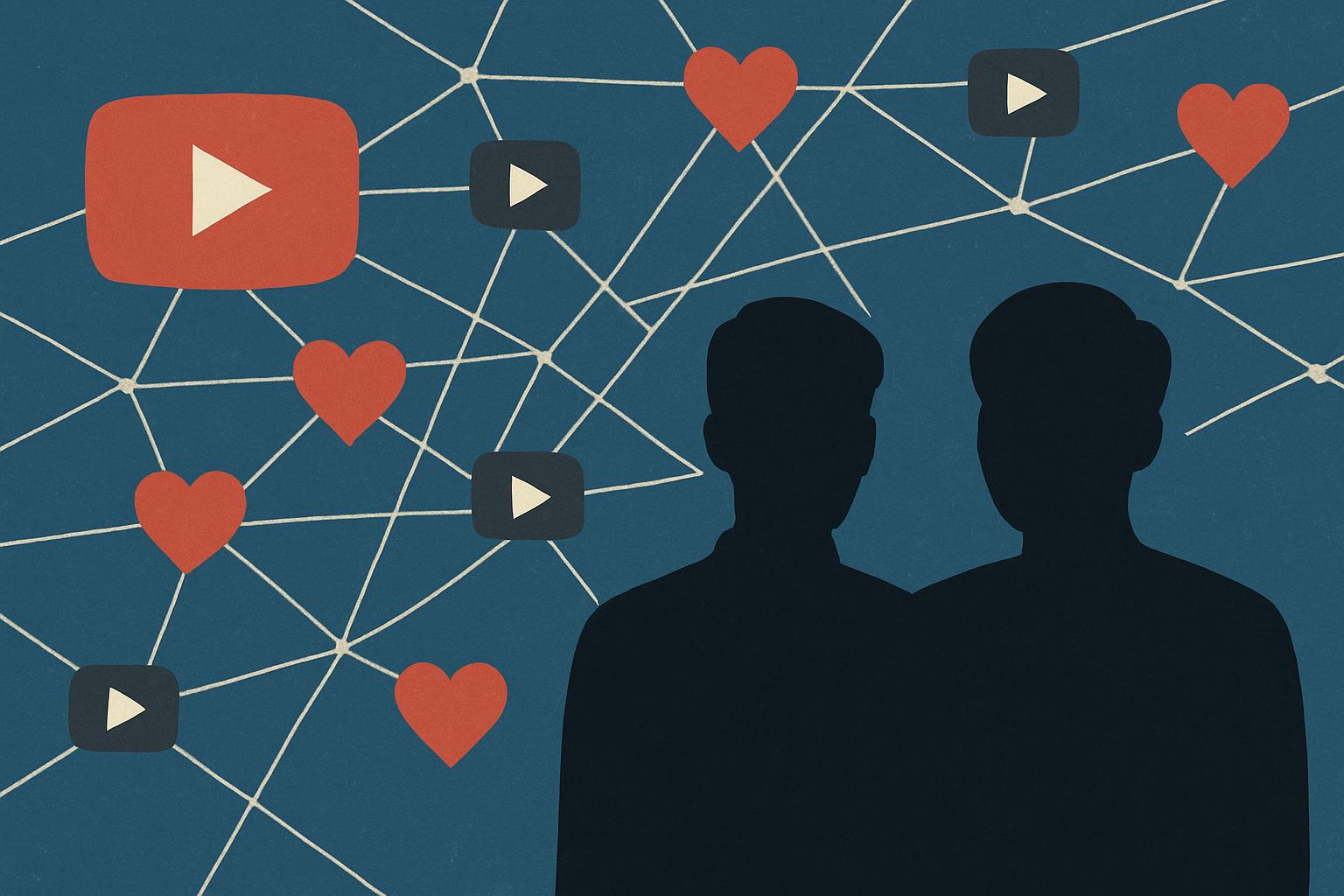Dan Howell and Phil Lester managed what the internet rarely sees: turning a long-rumored personal reveal into a clear, compassionate lesson in how to recalibrate the audience-creator relationship without burning the house down.
In a 46-minute tongue-in-cheek “conspiracy” documentary that played off of classic 2010s YouTube tropes, the pair verified their romantic relationship once and for all. The actual headline, however, is the template they provide their fans for more healthful engagement — one that recognizes and respects the strength of parasocial connections while drawing clear, empathetic lines around privacy.

The video struck a chord from the outset, drawing well over a million views within its first day and an outpouring of comments from a fandom that has come of age alongside them. It’s not merely a confession; it’s literacy training for an internet that too often elides the difference between attention and entitlement.
Why This Reveal Succeeds as Media Literacy
Parasocial interaction, a concept coined by sociologists Donald Horton and R. Richard Wohl in the 1950s, conveys this one-sided intimacy between audiences and public figures. In a creator era, that intimacy is the product — and the pressure point. According to a report from the Pew Research Center, about 95 percent of U.S. teens have access to a smartphone and 45 percent say they are online “almost constantly,” setting a context in which boundary-setting feels more urgent than optional.
Dan and Phil don’t scold. They begin by delivering the fandom’s own evidence, beguilingly compiling years of “clues” and in-jokes. The effect is disarming, a wink at the investigative zeal their public brought to the pair’s lives, and a reminder that surveillance culture can mask itself as devotion. By framing their silence as a reaction to shame and safety concerns, they counteract gotcha with empathy.
Communication scholars like Crystal Abidin have theorized the creator playbook as “calibrated amateurism,” in which authenticity is performed yet protected. Howell and Lester allowed viewers to see that calibration take place, making plain what most creators simply suggest: Attention is a finite resource, and the healthiest fandoms understand that.
Rewriting the Real Person Fiction Script, Shamelessly
Not many internet phenomena epitomize the friction between stricture and boundary like RPF, or real person fiction, and “shipping” (in quotes!) real people. From the “Larry” years of One Direction to manufactured romance chatter in movie publicity cycles, fans have often mixed up fantasy for real lives. Dan and Phil don’t condemn that impulse; they put it in context.
They greenlight creativity — shipping as fun, fan fiction as writing practice — and erect firm walls against doxxing, relentless sleuthing, and sexual speculation about real people.

It’s a tempered middle path that recognizes the role fandom played for many viewers, particularly queer kids, in understanding identity and community without sanctifying those origins into an excuse for trespass.
That position reflects what academics and advocates have long urged: establish norms that differentiate transformative works from parasitic-like behavior. It’s not a crackdown; it’s culture-building.
How Vulnerability Becomes A Boundary Blueprint
The reveal also serves as a masterclass in narrative control. While a great many celebrities respond to parasocial pressure with silence or legal jockeying, Howell and Lester tell their own unfolding story. They detail the psychic burden of life lived under constant scrutiny, the angst over career-crippling romance if being together overshadowed being oneself, and the relief in naming truths in their own words.
Their rules of engagement are straightforward and replicable: appreciate the art, participate in lighthearted consensual community play, and stop at the edge of personal life. It’s clarity that benefits the creators in addition to the fans. One Goldman Sachs analysis in 2023 projected that the creator economy would be worth hundreds of billions within a few years; whether that is sustainable depends on norms that prevent burnout and harassment from simply being the cost of entry.
And crucially, they offer grace toward past behavior — much of which was the product of young people testing limits in a culture that rewarded proximity. That choice demonstrates accountability without humiliation — a position more likely to shift norms than any scolding could.
What Other Creators Can Learn Right Now
- First, name the boundary. Imperceptible appeals to “privacy” beg arguments; concrete directions beg compliance.
- Second, be funny and relatable where the audiences are.
- Third, accept the good faith in fandom while rejecting its surveillance reflex.
But this isn’t just a story about confirming relationships. It’s a template for creators who hope to maintain intimacy in their work, even while keeping themselves safe — as artists and as individuals. By packaging a personal milestone as a lesson in parasocial awareness, Dan and Phil show themselves to be doing something rare here: taking the internet’s favorite sport — speculation — and turning it into one hell of a masterclass in respect.
It may be the real reveal to a generation raised on creators and ever-changing fandom norms.

